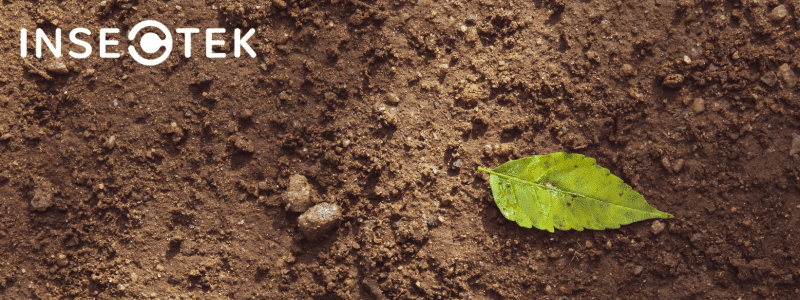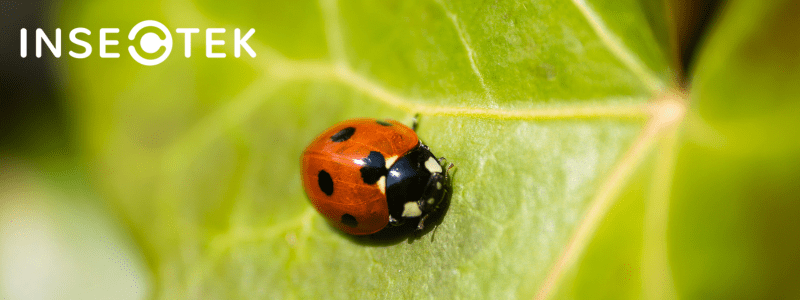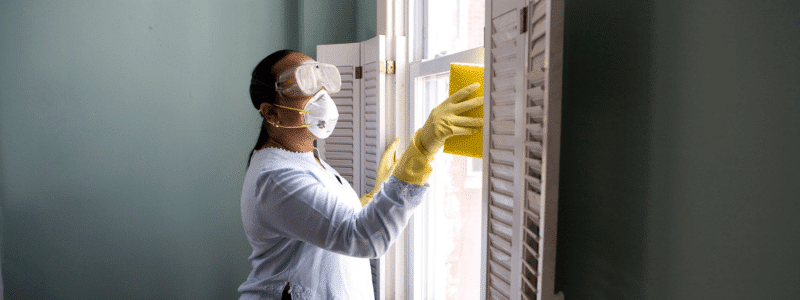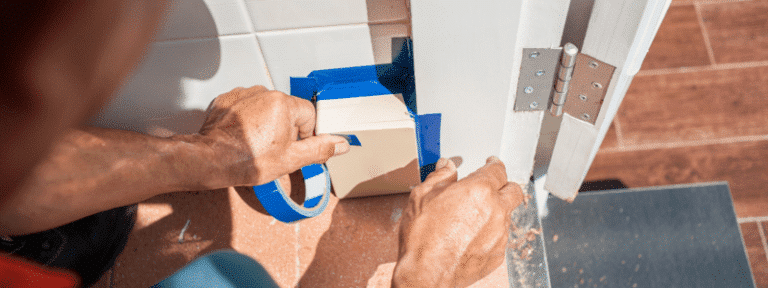In this blog, we’ll explore the advantages of integrated pest management (IPM) and how it can effectively eliminate pests without causing harm to the environment.
We’ll look at the following topics:
- What is IPM, and how is it used in pest control?
- What is the main goal of IPM?
- Biological IPM
- Cultural IPM
- Mechanical IPM
- Chemical IPM
What is IPM and How is it Used in Pest Control?

Integrated pest management (IPM) is an approach to pest control that aims to manage pests while not solely relying on the use of pesticides. The IPM method focuses on preventative measures, monitoring current pest populations, and alternative pest control methods to eliminate infestations.
Preventive Measures
When implementing IPM, it’s important to focus on preventative measures that decrease the chances of future infestations.
These types of methods typically include the following:
- Sealing up any entry points in the home, such as cracks in windows or holes in the wall
- Removing food and water sources (open food containers, crumbs, standing water, pipe leaks, etc.)
- Cleaning clutter and trash that may entice pests to hide or inhabit. Trash should be sealed and taken out regularly to remove built-up odor and rotting food
- Maintaining the yard to remove hiding spots and shelter for pests such as overgrown grass, weeds, and standing water
Monitoring Pest Populations
Exterminators keep track of the pest population to determine the effectiveness of the treatment and whether or not further measures need to be taken. Even if there’s no sight of the pest, an exterminator may be able to catch an infestation threat that the homeowner doesn’t notice. Professionals recommend regularly scheduled pest control to prevent infestations that could very well be growing right under your nose.
Eliminating Existing Infestation
IPM includes pesticide-free methods to control infestations. In extreme cases, pesticides may be the only effective measure for the problem at hand. But typically, IPM can utilize natural control methods like bringing in the natural predators of the existing pests or using physical traps.
Natural Predators or Parasites
Here are some examples of natural predators released for natural pest control in outdoor settings:
- Spiders eat numerous destructive pests in the yard and home; their webs also work as natural traps.
- Praying mantis eat large pests like cockroaches, flies, beetles, and grasshoppers.
- Rolly pollies eat decaying material like dead plants and fallen leaves, which maintain yards, making them less appealing to pests.
- Ladybugs reduce aphids in the garden.
Physical Traps
Along with using natural methods, IPM may employ physical traps to rid homes of existing pests. In conjunction with pesticides, physical traps are a solid preventive measure from future pest threats to your home.
Common traps used by exterminators include the following:
- Sticky traps and glue boards: Flat or folded paper with sticky adhesive to capture pests.
- Live traps: Tilted containers or cages with a trigger to close so rodents can be safely relocated.
- Snap traps: Spring-loaded traps that kill rodents humanely and instantaneously.
- Electronic traps: Electricity-powered traps such as electric fly swatters, zapper lamps, and ultrasonic sound waves that kill pests, especially flying insects.
What is the Main Goal of IPM?
The main goal of IPM is to combine several methods (biological, cultural, mechanical, and chemical) to control pests to maximize management over present and future pest infestations in and around your home.
What are the 4 Methods of Integrated Pest Management?

Biological
In the biological method, an exterminator will use natural predators, parasites, and disease organisms to reduce infestations. Deliberately letting bugs or small animals into the home may sound unappealing, but often, this method focuses on gardens and yards rather than indoors.
Predators can be purchased through catalogs and websites or naturally attracted by creating an appealing environment. Some examples of utilizing predators include placing ladybugs in the garden to eat aphids, frogs near standing water to eat flies and other small insects, and harmless spider species to spin webs to capture and eat bugs in the home.
Cultural
Cultural management involves creating an unappealing environment for pests, ultimately working as a preventative method.
Cultural IPM practices may look like the following:
- Choosing pest-resistant plants that repel pests and tolerate insects and disease: Examples of plants that ward off pests include lavender, mint, lemongrass, thyme, and basil. Planting various plant species can also prevent diseases from spreading that attack specific plants.
- Maintaining sanitation: Removing weeds, dead plants, and debris keeps the yard clean and organized, deterring pests from using the yard for feeding, breeding, and inhabiting.
- Managing soil: Regulating the pH and moisture levels and practicing soil rotation (periodically alternating the location of plants to decrease pest and disease presence).
Mechanical
Mechanical IPM strategies use traps, barriers, home maintenance, and soil solarization tools.
Physical traps, as mentioned earlier, include using sticky traps, live traps, snap traps, and electronic traps. Depending on the pest, one method may be more effective than another. For example, electronic traps may be the best choice for flying insects invading the front porch and backyard. For rodents and larger pests, snap traps or live traps may be the best route.
Physical barriers include closing gaps and openings in walls, vents, windows, and doors. This may be done using mesh screens, caulk and sealant, and strong HVAC systems to prevent pests from entering the home through vents.
Home maintenance means keeping the environment clean, organized, decluttered, and free of food and water sources (crumbs, water fountains, leaky pipes, etc.). Removing trash from your home and any messes that can entice pests to inhabit decreases the chance of an infestation.
Soil solarization is a method where you increase soil temperature by naturally absorbing solar power. Solarization works by placing tarps and plastic sheets over crops to capture radiant energy from the sun.
Chemical
Human-safe and environmentally friendly pesticides are implemented alongside other non-chemical management methods to maximize the ongoing prevention of pest infestations in your home. Chemicals used may include insecticides, fungicides, herbicides, and rodenticides, targeting contributors to infestations, such as plant diseases, weeds, and pests themselves.







